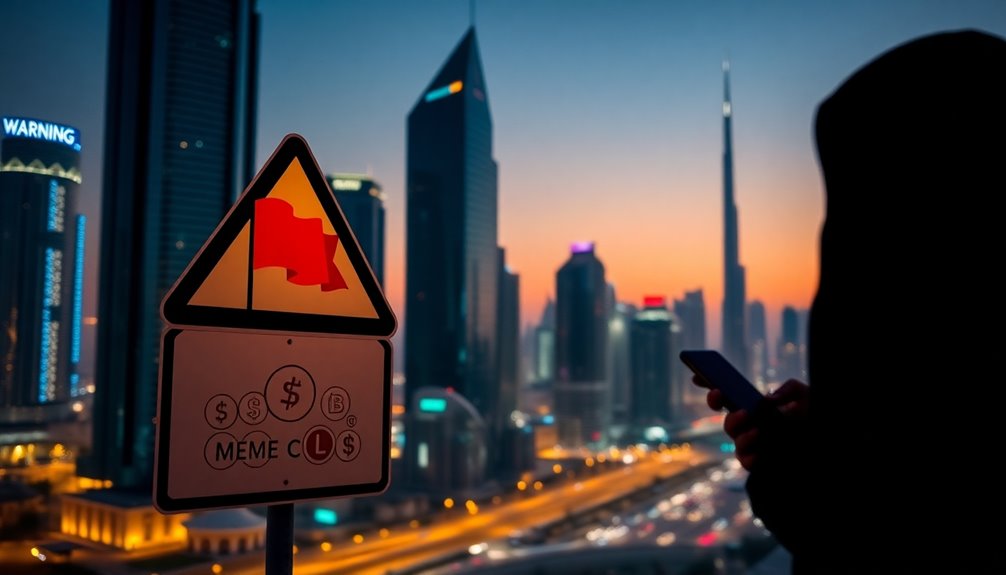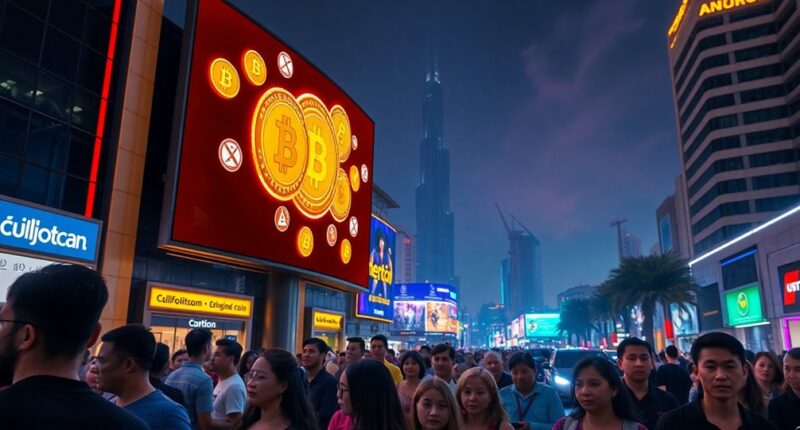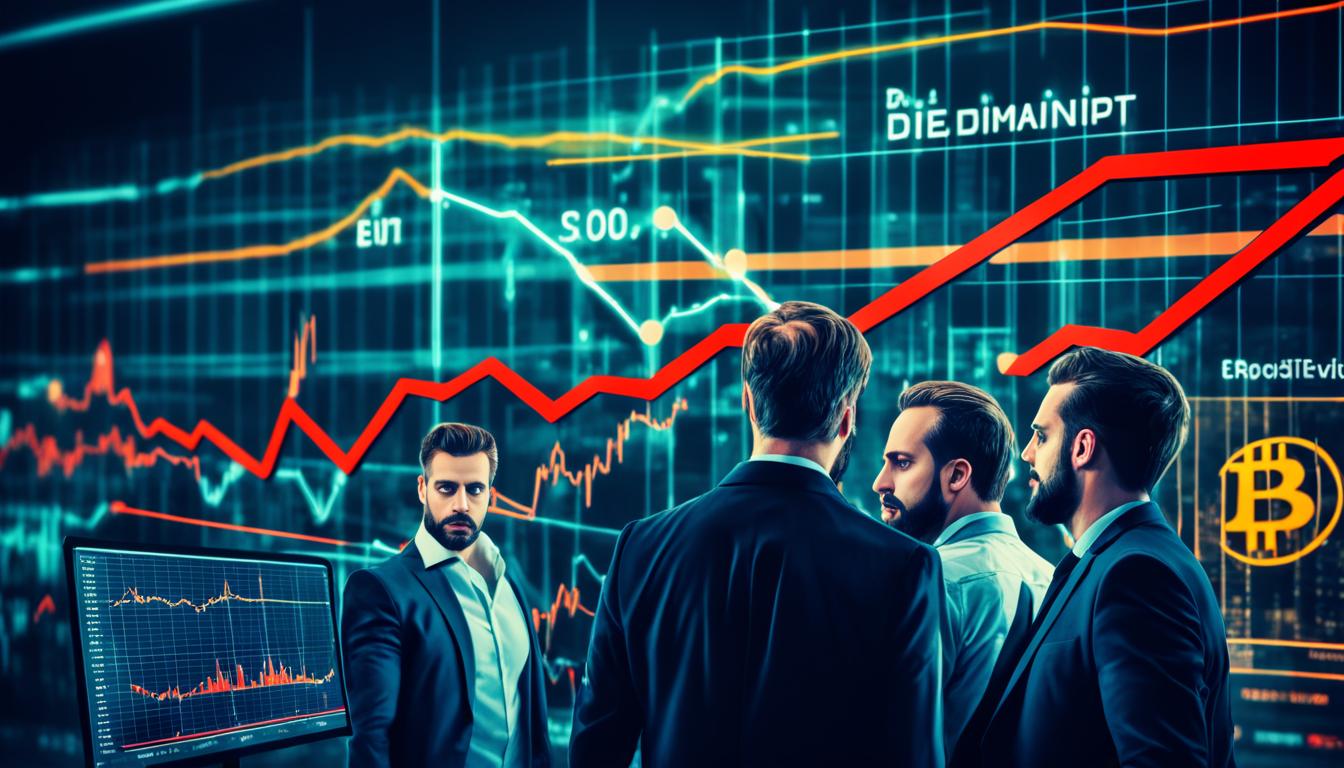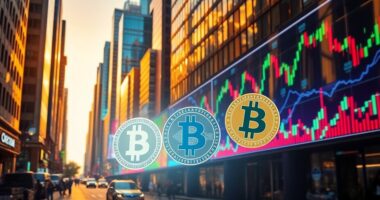You've likely seen the buzz around meme coins, but have you considered the risks they carry? Dubai's Virtual Assets Regulatory Authority is raising alarms about their speculative nature and potential market manipulation. With little regulatory oversight, these digital assets can lead to significant losses. As the crypto landscape evolves, understanding these warnings becomes crucial. What does this mean for your investments? Let's explore the implications further.

As the popularity of meme coins surges, you might find yourself drawn to their flashy gains and social media buzz. However, before diving in, it's critical to understand the regulatory environment surrounding these digital assets. The lack of clear regulations can leave you exposed, as meme coins often slip through traditional regulatory frameworks. The SEC, for instance, is unlikely to step in unless they classify a meme coin as a security, leaving many unregulated and potentially risky.
Dubai's VARA has recently raised alarms about the speculative nature of meme coins, warning investors of the risks involved. This caution reflects a broader issue: the decentralized and often chaotic nature of meme coins makes them difficult for global regulatory bodies to manage effectively. Without regulatory clarity, you could find yourself navigating a treacherous landscape, where scams and market manipulations lurk around every corner. Meme coins are characterized by high volatility and speculative value, which can leave investors vulnerable to sudden market shifts.
The speculative nature of meme coins means their value is often driven by social media trends rather than any intrinsic worth. Prices can swing wildly, creating a volatile market that might leave you feeling anxious about your investments. Unfortunately, the allure of quick gains can overshadow the reality of market manipulation schemes, such as pump-and-dumps, which can lead to significant losses.
Moreover, the anonymity surrounding many meme coin creators adds another layer of risk. Without transparency, it's tough to distinguish between legitimate projects and scams. This lack of consumer protection measures means you're often left unprotected when things go south. The rapid rise and fall of meme coins can also distort the broader cryptocurrency market, eroding investor confidence and creating an unstable environment.
As regulators grapple with these challenges, the need for adaptation becomes clear. They must balance innovation with the necessity for market stability and consumer protection. International cooperation will be essential, as meme coins often operate in a regulatory vacuum, lacking oversight from any one country.









